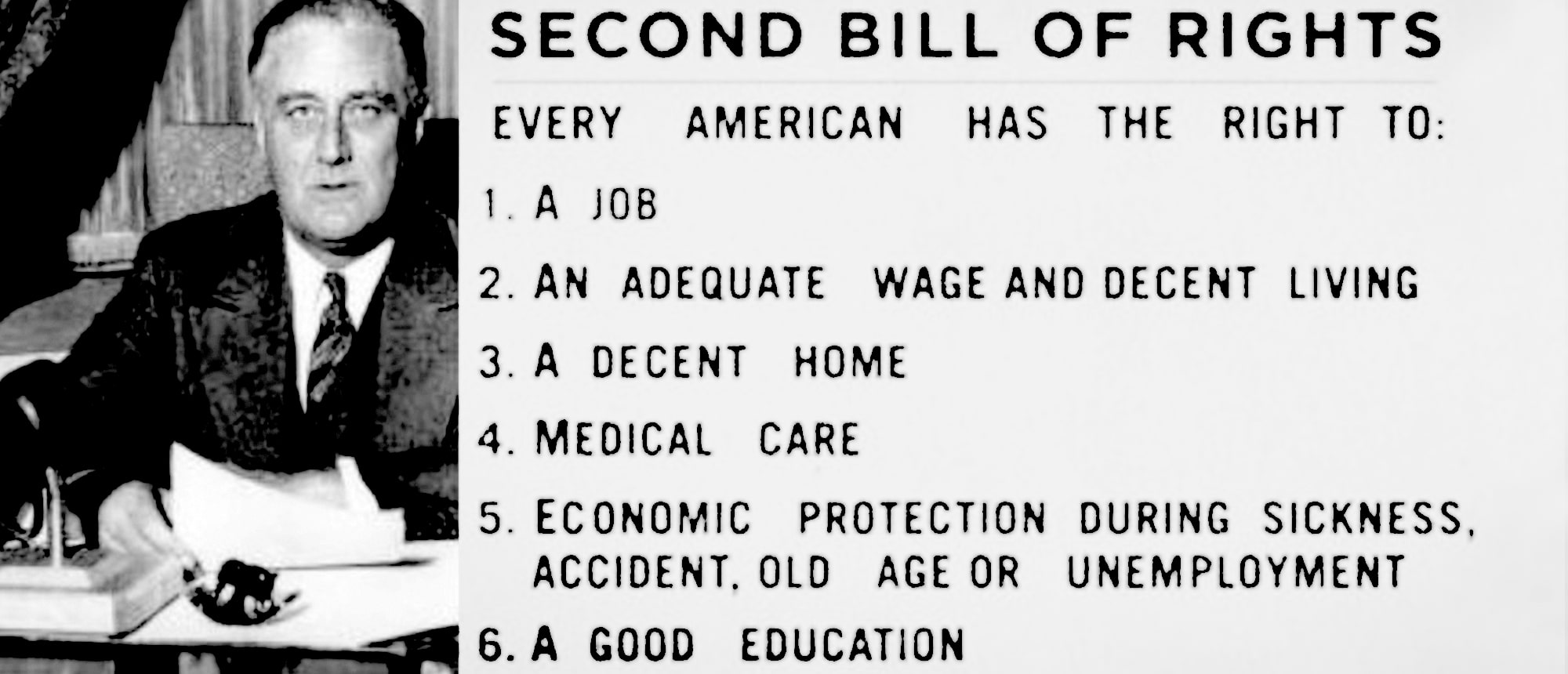(ThyBlackMan.com) Driving is a much more dangerous activity than many of us realise. On top of the risks of being involved in an accident and getting injured, there are also a number of long-term health risks that can be associated with driving. Here are a few ways in which you can protect your health when on the road.
Road accident injuries
Road accident injuries are the most obvious dangers associated with driving. Some of the most common injuries sustained during a car accident include:
- Whiplash: Being launched forward could cause soft tissue in the neck to tear – known as whiplash.
- Broken ribs: Ribs can often get fractured during a collision as a result of impact with a steering wheel or door.
- Head trauma: Many people knock their head during a crash. Head trauma could result in mild concussion or more serious injuries such as brain injuries or a skull fracture.
- Knee trauma: Knees are also a common point of impact. Knee fractures are common.
- Herniated discs: Sharp movement during a car accident could cause a disc to slip in either the back or spine.
- PTSD: Victims of a car accident can also develop post traumatic stress disorder, leading to anxiety or depression.
Recovering from these injuries can be a long process and your day-to-day life is likely to be affected. Even whiplash – which many people assume is just a bit of neck pain – can be severe, causing a lot of pain and restricting you from taking part in many physical activities throughout the day.
You should always seek medical attention after being involved in a road accident. Even minor aches and pains could be a sign of something major that may creep up on you later (headaches and neck pain are particularly worth getting checked over). On top of getting checked over by a doctor, you can also look into forms of physiotherapy to aid recovery.
PTSD (post traumatic stress disorder) is a negative health consequence that often gets less discussion. Following a road accident, many people can develop a fear around driving and may even be afraid to get into a car as a passenger. You may even have recurring nightmares about it. In these cases, it’s worth seeing a psychiatrist who can try to help you overcome this anxiety.
Road accidents can often be avoided by being a safe driver. Bad habits like speeding, using a cell phone while driving, eating while driving, smoking while driving or driving under the influence will increase your risk of getting into an accident. Try to make efforts to crack these habits (in most cases, they’re illegal anyway).
Unfortunately, not all road accidents can be avoided by being a safe driver. Sometimes other drivers can be at fault and you may have no opportunity to avoid a crash. In these cases, personal injury attorneys may be able to help you win legal compensation to help cover any medical treatment that is required. Making sure that you are driving a safe vehicle and taking basic precautions such as always wearing a seatbelt can meanwhile help to reduce the risk of injuries in these situations.
Stress
Driving can be a highly stressful activity for many of us and this stress can have an impact on our health. Chronic stress can lead to a number of health problems. These include:
- Tension headaches: Stress makes us constantly alert. This constant alertness can lead to headaches.
- Trouble sleeping: The constant alertness triggered by stress can also make it harder for us to get to sleep at night.
- Muscle cramps: Stress causes muscles to tighten and clench up, which can result in cramps over long periods.
- High blood pressure: Stress causes an increase in blood pressure. This heightened blood pressure can lead to other health problems such as…
- Strokes and heart attacks: Because the heart and blood vessels are working harder to keep up with the heightened blood pressure, there could be a great chance of clots – which could cause a stroke or heart attack.
Driving regularly during busy times can often be the biggest source of stress for drivers. If you commute to work and often get stuck in traffic, you could find yourself getting regularly stressed about turning up late. Some people end up developing road rage – these explosions of anger behind the wheel can result in reckless driving as well as heightened stress levels, potentially leading to an accident.
Others develop a fear around driving. This often links back to PTSD-triggering events such as car accidents. As well as resulting in heightened levels of stress, this anxiety can also cause people to drive dangerously by behaving erratically when faced with dangers on the road.
If you find yourself getting extremely stressed while driving, it could be worth seeking driving therapy. Finding the source of your road rage or anxiety could be essential for beating the stress and a therapist may be able to help you with this.
Alternatively, you could try taking small measures yourself to combat stress such as setting off earlier when driving to work to beat the traffic, taking time to meditate before you get in your car or avoiding caffeinated drinks that might heighten levels of stress. Stress in your day-to-day life could also increase your chances of getting stressed on the road so consider trying to eliminate any other sources of undeserved stress in your life.
Weight gain
There’s a strong link between frequent driving and being overweight. In fact, driving 1 hour per day opposed to only 15 minutes per day can make you 5lbs heavier according to this study.
Excessive weight gain can increase your risk of developing numerous health problems. These include:
- Heart disease: Carrying extra weight puts extra strain on the heart as there’s more of you to pump the blood around. Fat could also start to clog up arteries.
- Diabetes: The more weight you have, the more resistant your muscle and tissue cells become to your own insulin hormone.
- Arthritis: Carrying extra weight can pressure on the knee joints, causing cartilage to wear away and leading to joint inflammation (arthritis).
- Back pain: You could also put more strain on your back as a result of carrying extra weight around your waist.
Many people who drive regularly end up getting overweight because they’re not doing enough exercise throughout the day. This is particularly the case when driving is used to substitute journeys that could have easily been done by foot – walking to your local grocery store instead of driving or cycling to work could be a source of exercise that you are cutting out of your day.
Cutting down on driving and exercising more is the best way to combat weight gain. If driving for long periods during the day is unavoidable (for instance, if you drive for a living), you should try to make up for this by incorporating more exercise into your free time. Bad habits such as eating in your car should also be broken – get out of your vehicle to eat lunch so that you’re getting some extra exercise (even if it’s just a few steps to sit on a local bench).
Repetitive strain injuries
Regular driving can also increase the risk of developing an RSI (repetitive strain injury). These are painful cramps and strains caused by repeated motions and poor posture that develop over a long period of time (often many years).
Some of the most common RSIs associated with driving include:
- Foot cramp: This is commonly caused by stretching the foot to reach pedals – especially the clutch in a manual vehicle.
- Lumbar pain: This is a lower back spinal pain often caused by leaning forward for long periods.
- Stiff neck: Leaning forward and craning the head forward for long periods can cause a stiff neck among some drivers.
- Arm cramps: If you have to stretch your arms to reach the wheel, you could also develop cramps in the shoulders and elbows.
You can usually prevent repetitive strain injuries by adopting a healthy driving position and posture. It’s worth taking time to adjust your seating position so that it is as ergonomically comfortable as possible. Below are just a few seating adjustments to consider.
- Make sure that your knees are in line with your hips by first raising/lowering the seat.
- Position the seat forward enough so that you can completely depress each foot pedal without having to move you back away from the backrest.
- Set the backrest recline to 100 to 110 degrees.
- Make sure that your head sits in the centre of the headrest.
On top of making these adjustments, make sure that you’re not unnecessarily leaning forward or leaning back. Some people adopt a ‘roller-coaster driving’ position in which they feel they have to lean forward over the wheel – it’s much healthier to loosen up and lean back. This guide delves deeper into incorrect driving positions.
Staff Writer; Doug Harris




















Leave a Reply